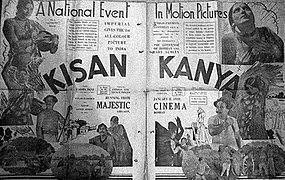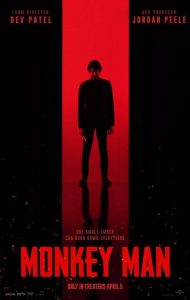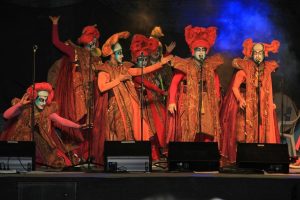The ‘Parallel Cinema’ also known as ‘The New Wave’, was the shift towards a completely new theme that was being adapted in the Indian Cinema, that contained problems which existed within the society. The first wave started from 1952 and was prominent till 1992. The popularity increased again from the year 1998 and is still being liked by the people. It started with the changes that were made in the Bengali movie industry and slowly it was incorporated into the other areas of Indian Cinemas. It is a concept that is in touch with the reality, as well as has topics of society and politics represented in the films.
‘Parallel Cinema’ is also used to mention the term ‘The New Wave’ in the Indian Cinema. It can be described as a move towards a significantly different themes used in cinemas, than the ones that already existed in the films, during those times. The shift from a ‘happy-ending story’ to ‘gut-wrenching realities’ was a movement that made an impact on the people and their perception of what cinema is.
History and Elements:
The first colored film Indian Cinema experienced was the film ‘Kisan Kanya’, a movie which showed the sufferings of the peasants because of a vicious landlord and his selfishness. The 1950s embarked a journey of films that contained the mixed feelings that came with the freshly achieved independence. The 1960s were filled with cheerful and joyful essence in the cinema industry. Actors like Dilip Kumar, Raj Kapoor, Madhubala, Meena Kumari were among the famous and most talented individuals in the history of Indian cinema.

The ‘Parallel Cinema’ started when the Indian Cinema started using the concepts and themes that were never really used up before during the 1950s-60s. These films were made to focus on the causes of conflicts in the society or things that were actually going on behind those smiles. The films made in this style would only be appealing to a certain group of people, or only a particular set of people would be willing to be seeing these movies. The ‘New Wave’ was known for its touch with reality. It was filled with topics and situations that were present in the society during those times of the day. It had incorporated the socio-political problems in the films which made each character much more relatable to the individual watching it.
There were many elements that were not presented in the films such as the romantic songs, as well as the dances that were generally there in a romantic film of 1950s-60s. Also a lot of films that were made in this style during the earlier period were now being much more popularised.
Satyajit Ray, an Indian director, was a person who, after being inspired by the work of European director Juan Renoir, set out on a mission to bring the stories of the Bengali novel ‘Pather Panchali’ into the screens of Indian cinema.
It was acted out by not professional actors but regular people, to get a more authentic perspective to the viewers. Although it had a rocky start, it started to gain more popularity over the course of time. It got awarded as the ‘best human document’ at the Cannes Film Festival. This film created the popularity of the Indian director, and his way of filming had a unique style that was recognised by the people. His works and the liking towards the works showed that there was a group of people who were willing to watch a stream of cinema different than the ‘mainstream’.
The notion of the ‘New Wave’ could be considered a way for the people to realise the actuality of the world, and how each piece of a cinematic work could touch someone’s heart or make them realise the problems in the society, and how each of them could help in making the world better.
Written by- Preeti Rojan | Edited by- Apurv Nayak



